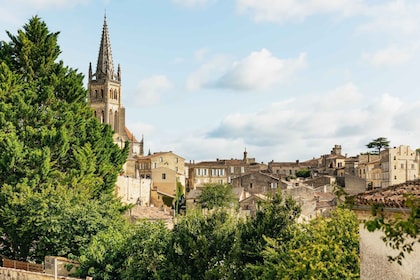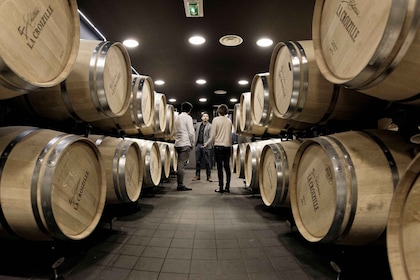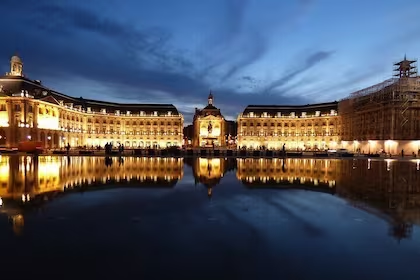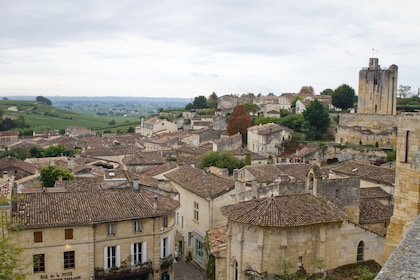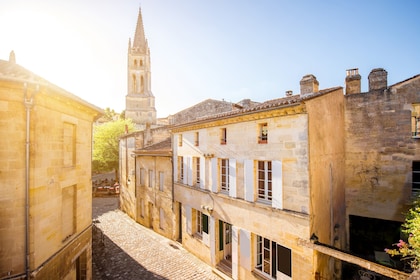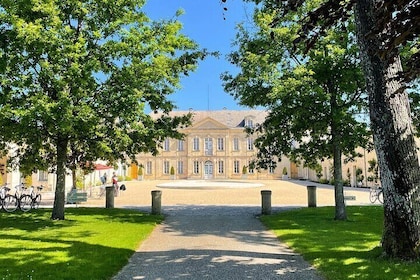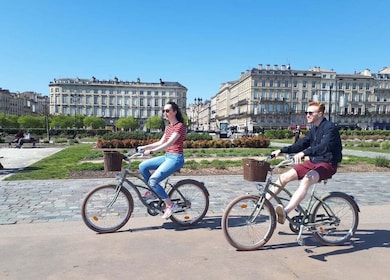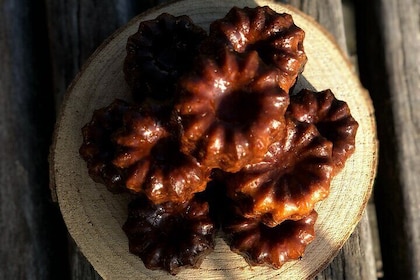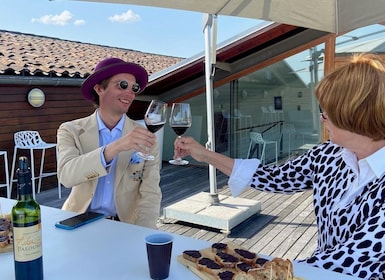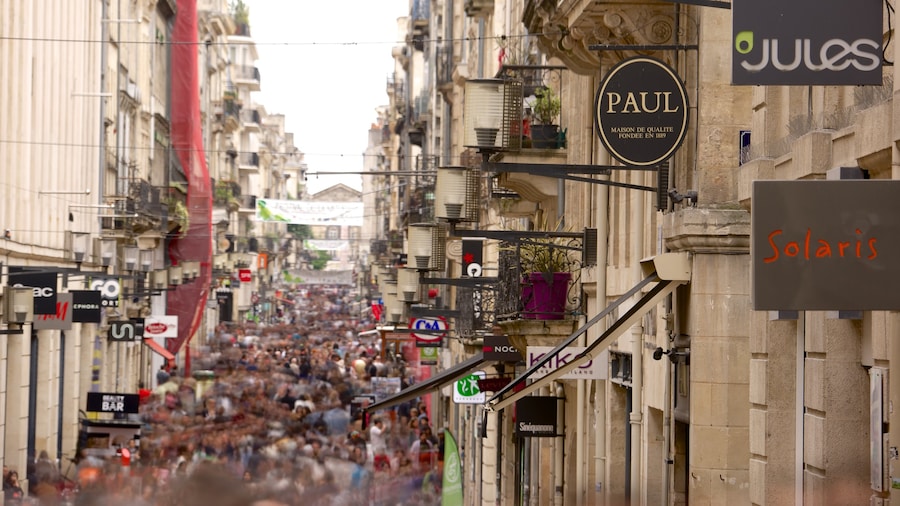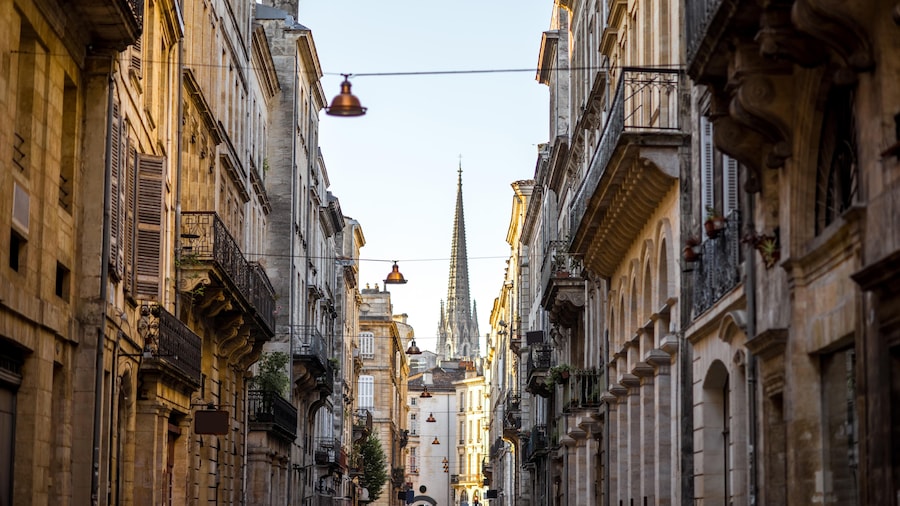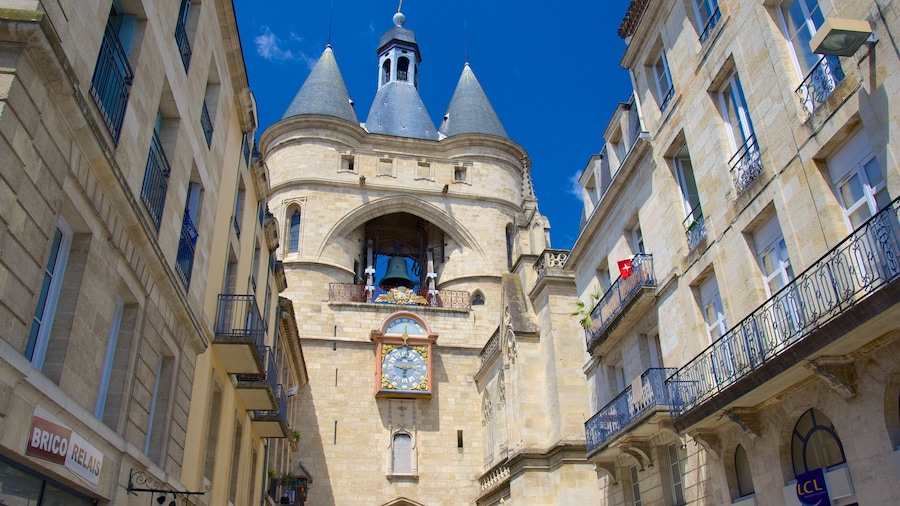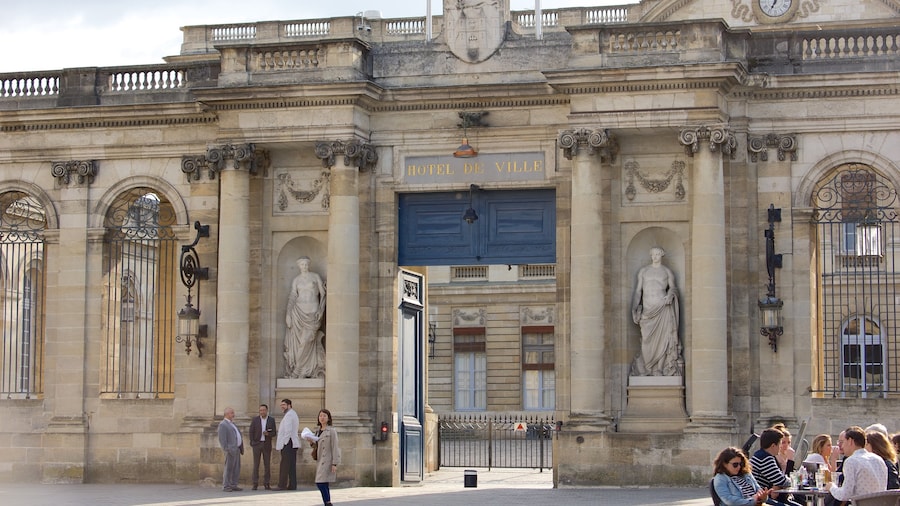Follow the story of Bordeaux and the surrounding region at this museum, where exhibits span from prehistory through to the present day.
The Aquitaine Museum, although impressive from the outside with elegant symmetry and intricate relief sculptures, hides its real treasures within. Using a chronological layout to document the colorful past of the region, the museum displays exhibits that bring the different eras of French history to life. Browse its displays and learn about Aquitaine, Bordeaux and the people who lived here through the ages.
In the 1960s a museologist named Georges Henri envisioned a network of museums all around France. He planned for one in each regional capital, which would scientifically document the area's past. The Museum of Aquitaine was part of this movement and was first set up in 1962. It moved into its current premises, an old university building, in 1987.
Trace the area’s development from one century to another through the exhibits, which begin in prehistoric times and document the history of Aquitaine up to the 20th century. Among the items of particular interest is the Laussel Venus, a bas-relief depicting a pregnant women that dates from around 25,000 B.C. Its origins and purpose are a mystery.
Examine artifacts from the classical period, documenting the Roman influence on France, such as the Altar of Tutela from the 1st century. Observe the progress of the region through the medieval period in exhibits dedicated to Eleanor of Aquitaine and the history of pilgrims. One display is devoted to the life and works of the famous Bordelais writer and philosopher Michel de Montaigne look for a cenotaph honoring him at the center.
The museum culminates in rooms focusing on Aquitaine's journey into the modern world, exploring sea trade, the French Revolution and the birth of modern transportation. Don’t miss the detailed replica of an early 20th-century grocer's shop containing furniture and accessories from around 1900.
To reach the Musée d'Aquitaine, ride the tram to the stop of the same name. Alternatively, walk for 30 minutes from Gare de St. Jean. The Aquitaine Museum is open every day except Mondays and holidays. An entrance fee is normally required, but free entry is granted on the first Sunday of the month.





